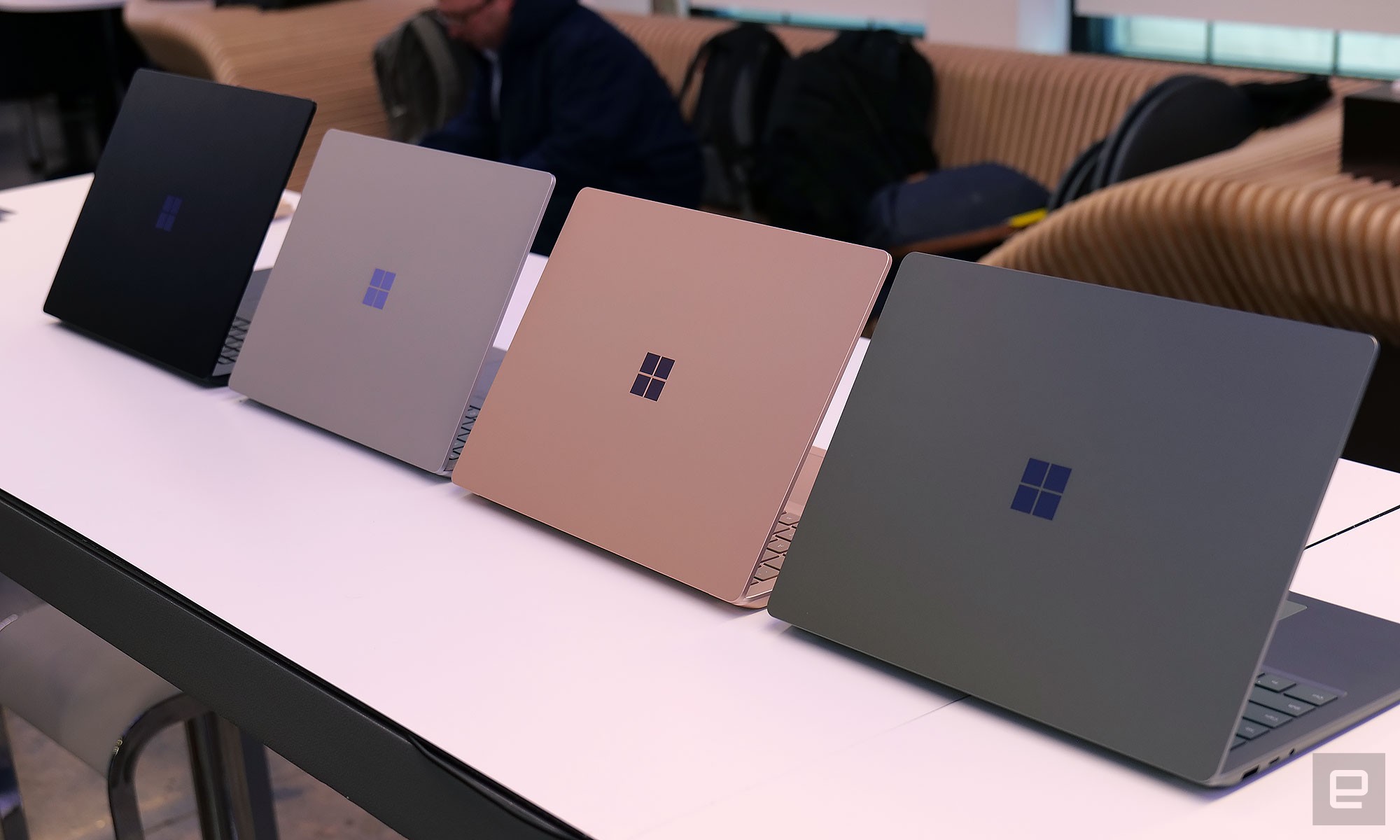Benefits of Managed Devices in an IT Environment
Operational Expenditure (OPEX) Model: Leasing shifts costs from capital expenditure (CAPEX) to OPEX, making budgeting easier.
No Large Upfront Costs: Ideal for businesses wanting to preserve cash flow.
Bundled Services: Often includes maintenance, support, and software licensing.
Regular Refresh Cycles: Devices are upgraded every few years, ensuring staff have access to current tech.
Avoids Obsolescence: Reduces the risk of using outdated or unsupported hardware.
Centralised Management: IT teams can enforce security policies, push updates, and monitor devices remotely.
Data Protection: Features like encryption, remote wipe, and endpoint protection are easier to implement.
Compliance: Helps meet data protection standards like the Privacy Act 2020.
Easily Scalable: Add or remove devices as your team grows or contracts.
Flexible Terms: Lease agreements can be tailored to suit project durations or seasonal needs.
Vendor Support: Many leasing providers offer helpdesk and on-site support.
Simplified Asset Management: Devices are tracked and managed centrally, reducing admin overhead.
Quick Replacements: Faulty devices can be swapped out quickly, minimising downtime.
Disaster Recovery: Managed services often include backup and recovery options.
Sustainable Disposal: Providers often handle e-waste responsibly, aligning with sustainability goals.
Energy-Efficient Devices: Leased hardware is typically newer and more energy-efficient. Ultra IT recommends regular maintenance of all technology systems for all clients. This ensures that the technology solutions are up to date, secure, and if issues are found - they can often be resolved before being noticed by the end user.
The proposed managed services include scheduled maintenance, anti-virus and firmware upgrades for all users, devices, and network infrastructure.

